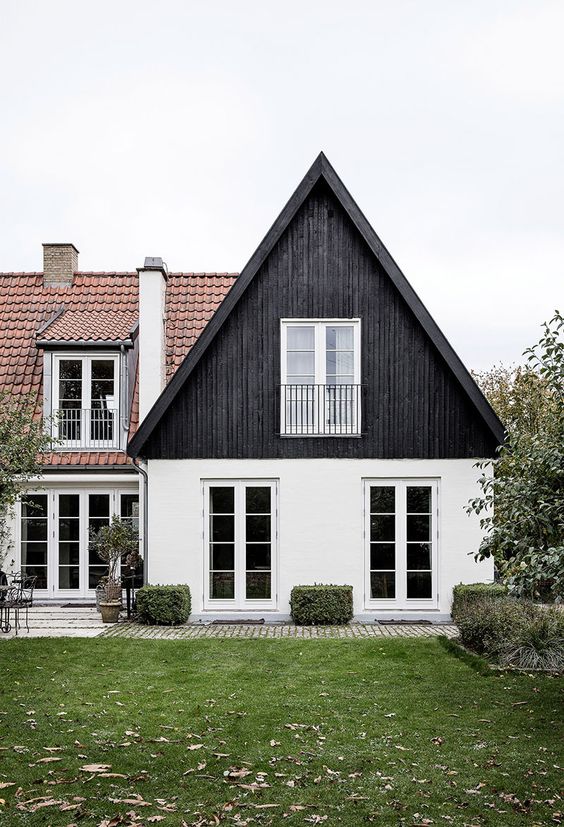
How to Spot Building Structural Issues
If you’re viewing properties with an eye to renting or making a purchase, it’s vital that you know what you’re getting into long before contracts are exchanged.
It may be that you’re on the lookout for a fixer-upper to flip for a profit, or you might want something that needs little to no renovation. Either way, the discovery of major structural issues within a building can suddenly and unexpectedly drain your budget.

Once you’ve worked out what you’re dealing with, you’ll better understand the potential costs of repairing any existing damage and preventing further problems. This will help you to decide whether to continue, and whether you have sufficient grounds to make a reduced offer.
In this article, we look at a few telltale signs that will help you to detect structural issues within a building.
Cracks
Many older structures have cracks in their plasterwork, particularly around corners, doors and windows.
Most of the time, this is due to a lack of climate control or to the building “settling” as it ages – and it’s unlikely that those cracks will become any worse. All you’ll need to resolve this is a little filler, some sandpaper and a lick of paint.
Another issue that causes internal cracks is insufficient “tying in” or support for non-loadbearing walls. This is tricky to resolve, and may require the addition or revised bracing of joists and other structural elements.
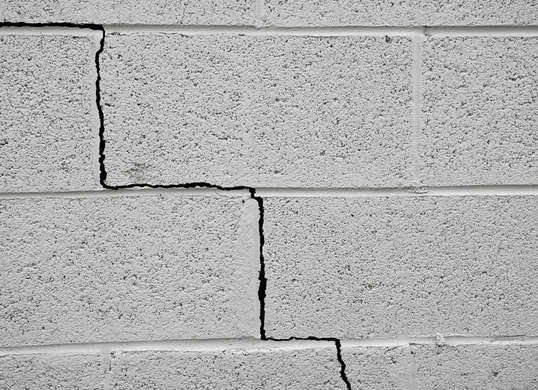
Larger cracks – those measuring wider than a quarter of an inch or 6mm – can be signs of more serious structural issues like poorly supported load bearing walls or lintels on the inside or outside of a property.
Watch out for diagonal cracks in particular, as these suggest that the foundations have shifted.
Damp
Pay attention to the corners of the room and the areas around windows and external doors. Discolouration or peeling wallpaper here is often a sign of damp – which can lead to the development of moulds that are unhealthy for residents.
Excessive condensation is also an indicator that a property is too damp.
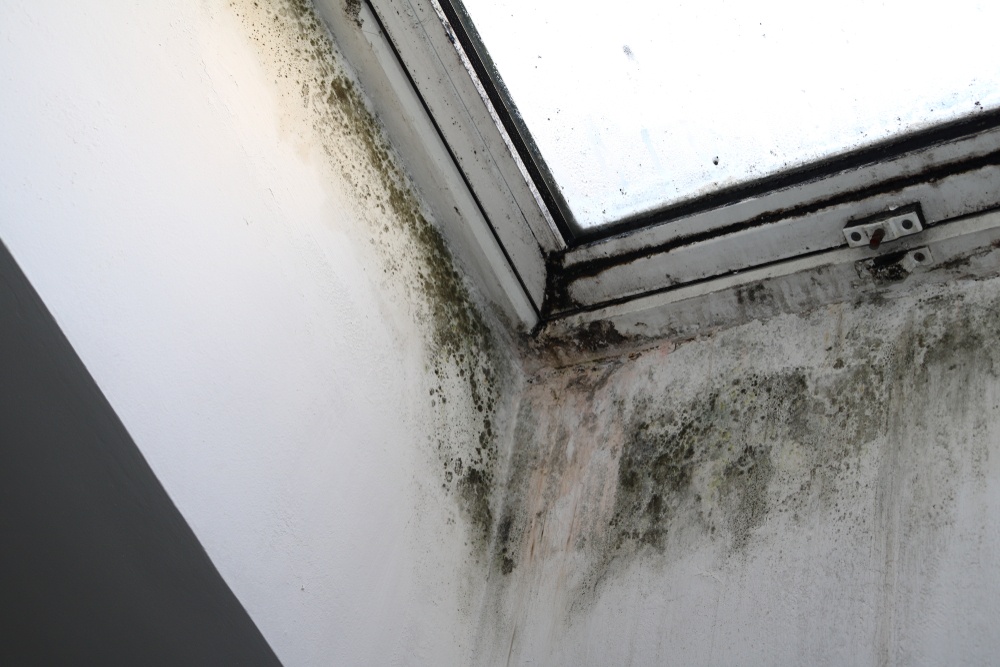
“If left untreated, damp can lead to further erosion and other structural problems over time,” comments Ruban Selvanayagam of fast UK homebuying firm Property Solvers.
One particular kind – rising damp – is caused by groundwater “wicking” up through the mortar in a property’s walls. Rotting skirting boards and discolouration rising up to a metre from the floor are both clear signs of this problem.
Rising damp can be quite difficult and expensive to treat. Affected plaster and skirting must be stripped to the brick, and specialist chemicals should then be injected into the mortar.
Bulges and Dips
Bulges in walls and ceilings and dips or undulations in floors suggest a lack of suitable support from certain joists or even the building’s foundations. Any area in which this occurs should be properly assessed in order to work out what must be done to resolve the issue.
Leaning Walls and Sagging Roofs
If part or all of a wall is leaning, there may be a problem with the building’s foundations – or it may be that the roof timbers are pushing outwards, having been overloaded or insufficiently braced when first fitted.
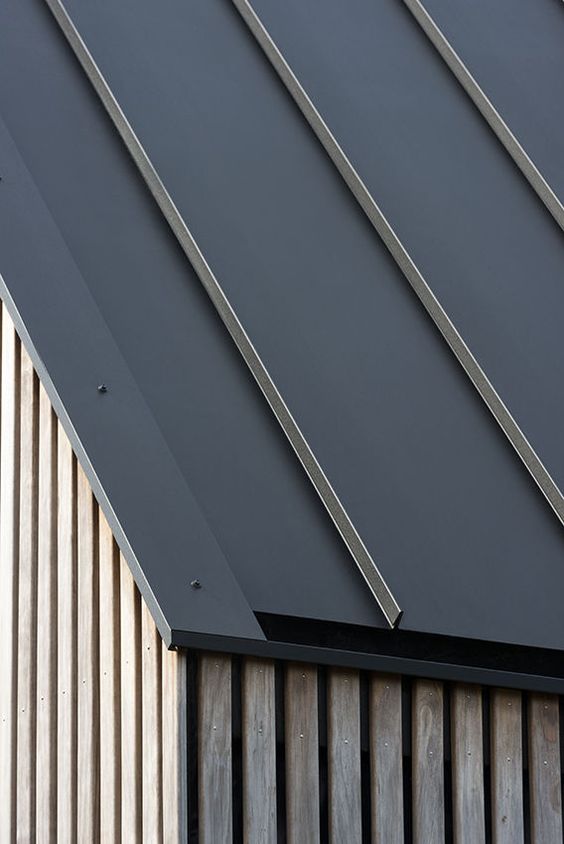
A sagging roof is also a sign of overloading or poor bracing.
Problems Opening and Closing Windows and Doors
When it comes to wooden doors and window frames in particular, it’s important to make some concessions for a little swelling or shrinking due to changes in temperature.
However, if a window or door starts “sticking” badly, it may be a sign that the lintel or frame is being forced inwards. This might be a knock-on effect from bulging or leaning walls, or it may be that the lintel was poorly supported when first placed.
It’s important to quickly get to the bottom of what is causing these problems so that they can be effectively resolved.
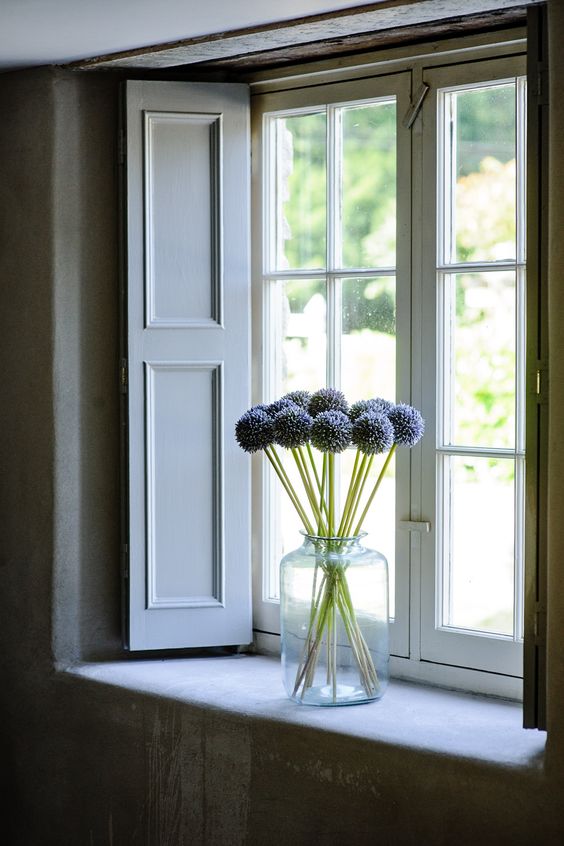
Be sure to take a close look at all rooms when thinking about buying or renting a property – and try to determine whether you can spot any of the above issues.
You may run into problems if a building is “listed”. If the property you are considering needs work, but is also deemed “of special architectural or historic interest”, it may be much harder to repair any damage – as you’re likely to need official consent and to like-for-like materials.
It is absolutely possible to take on a building with serious structural issues and resolve them effectively – as long as you have a sufficient budget – but be sure you have calculated correctly so that you won’t be losing money if you plan to sell it on.
